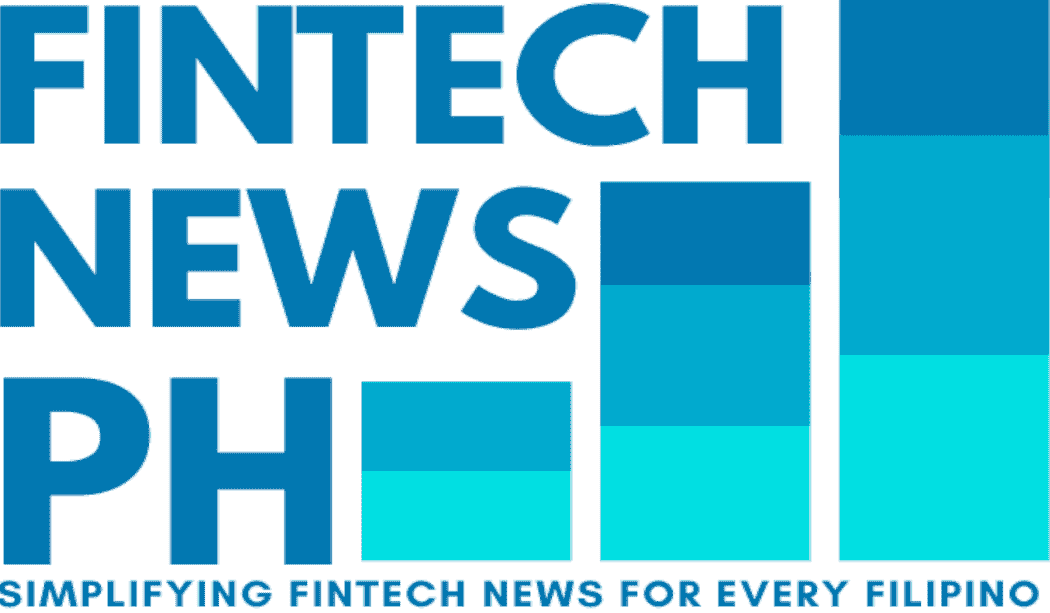
by Daniel Ode, Head of Ericsson for Singapore, Brunei, PH and Head of Global Customer Unit (GCU) Singtel Group in Market Area Southeast Asia, Oceania & India (MOAI)
5G is a platform of innovation that is accelerating digitalization across nations. Digitalization is already a driving force in every industry and is the closest thing we have to a silver bullet for solving major global challenges, such as the climate crisis and social inclusion.
5G is significantly more energy efficient than previous generations, supporting both cost and emissions reductions. 5G networks today are also playing a multiplier role in addressing climate change by reducing not only the ICT industry’s own emissions but also enabling other sectors to transition toward a low-carbon economy.

5G is a platform of innovation that is now accelerating digitalization across nations
Mobile networks have been a key enabler of digitalization, which puts our industry at the centre of a powerful trend where anything that can go wireless, will go wireless.
For example, accelerated digitalization is ushering in a profound revolution in human health; driving precision agriculture to feed a growing population in a sustainable way; accelerating the transition to sustainable energy; driving clean, safe, and efficient transport and logistics; and enabling fully agile factories.
Without seamless, reliable, and secure connectivity, none of these breakthroughs will or can become reality.
Mobile technology is the most democratic and inclusive technology ever, with around 8.5 billion subscriptions on the same standard, giving our industry a truly global scale. Robust digital infrastructure is a prerequisite for a digital society, but with data traffic increasing rapidly — and expected to almost quadruple by 2028 — it is essential to build even more network infrastructure.
Around the world, about 280 service providers have now launched commercial 5G services and more than 40 have deployed or launched 5G standalone (SA). Rapid build-out of 5G is critical to manage costs and deliver the best customer experience.
5G leverages new spectrum assets to deliver capacity with a much lower cost-per-gigabyte while reducing the power consumed per delivered gigabyte. Upgrading legacy 4G sites to 5G could achieve increases of up to 10 times in capacity and also reduce energy consumption by more than 30 per cent.
The convergence of the internet, mobility, cloud, and powerful 5G networks is also driving rapid acceleration in digital transformation. Mobile broadband is the initial 5G use case that enables service providers to offer a differentiated customer experience for both consumer and enterprise users.
FWA is currently the largest 5G use case after mobile broadband. Ericsson’s research shows that over 75% of all service providers globally are now offering FWA services. 5G FWA now accounts for about one-third of the FWA offerings, a 50 per cent increase over the past year, driven primarily by emerging markets. According to Ericsson Mobility Report, over 300 million
FWA connections are expected by the end of 2028.
Out of this, 5G FWA connections are expected to grow to around 235 million.
Enterprises are increasingly looking to invest in modernising their legacy systems with new technologies and applications, which will also drive innovations, operational efficiencies, and growth.
By drawing on its powerful capabilities around throughput, mobility, reliability, latency, and data volume, 5G is on the path to enabling an eruption of potential uses in sectors as broad as manufacturing, transport and logistics, construction and engineering, mining, agriculture, retail, events and public spaces, healthcare, smart cities, and more.
The transformative potential of 5G is substantial but realizing its full benefits requires strategic planning, infrastructure development, investment, and policies that ensure the democratization of technology.
The Philippines government is putting a strong focus on collaboration between government, private sectors, and communities to drive the growth of the economy and fuel the ecosystem.
The government is now relying on enhanced connectivity and digital infrastructure to drive digitalization in the country. It has opened up the telecom sector for 100% FDI showing commitment to attract investments and improve the telecom infrastructure.
It has also put in place a host of supportive policies and programs, such as the Innovative Startup Act and the Philippine Innovation Act to spur the start-up ecosystem.
Enhancing customer experience, expanding network coverage and promoting digital transformations for businesses remain top priorities for communication service providers across the region.
At Ericsson, we are looking forward to working closely with communication service Providers in the Philippines and the Government to help the country achieve its Development Plan.
The faster speeds, lower latency, and secure, real-time communications enabled by 5G will support the Philippines to foster innovation, become a digitally empowered society, and realize its Industry 4.0 vision.







